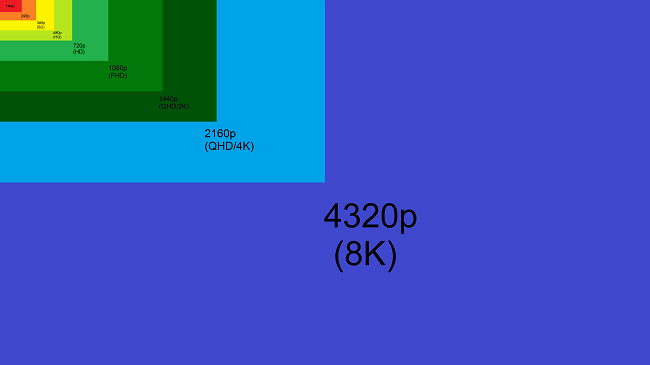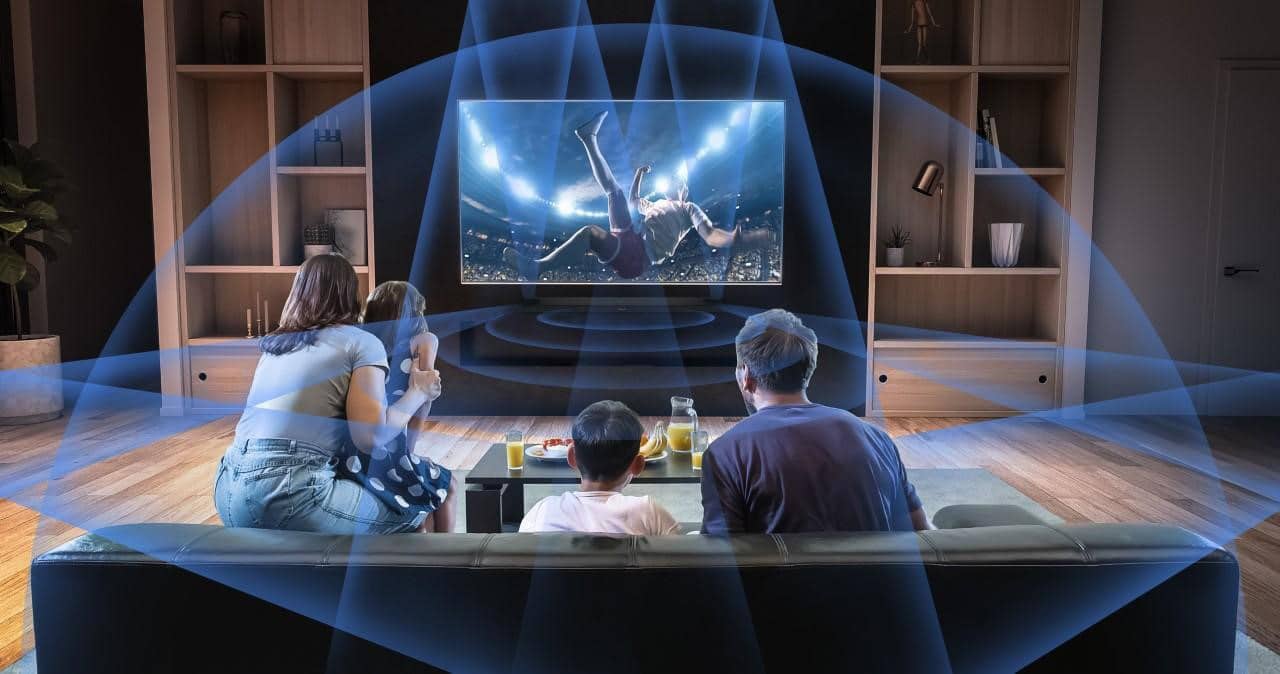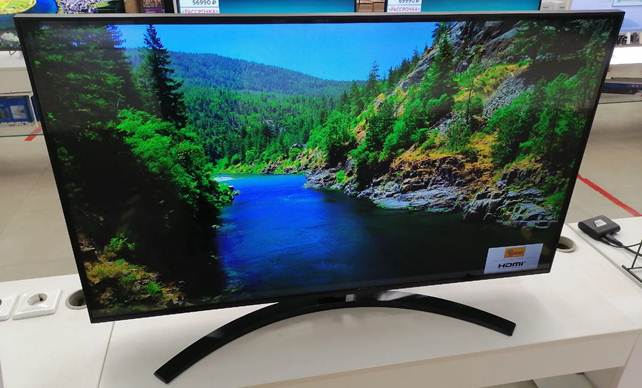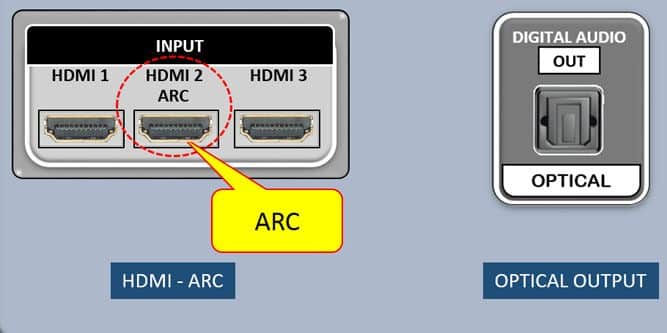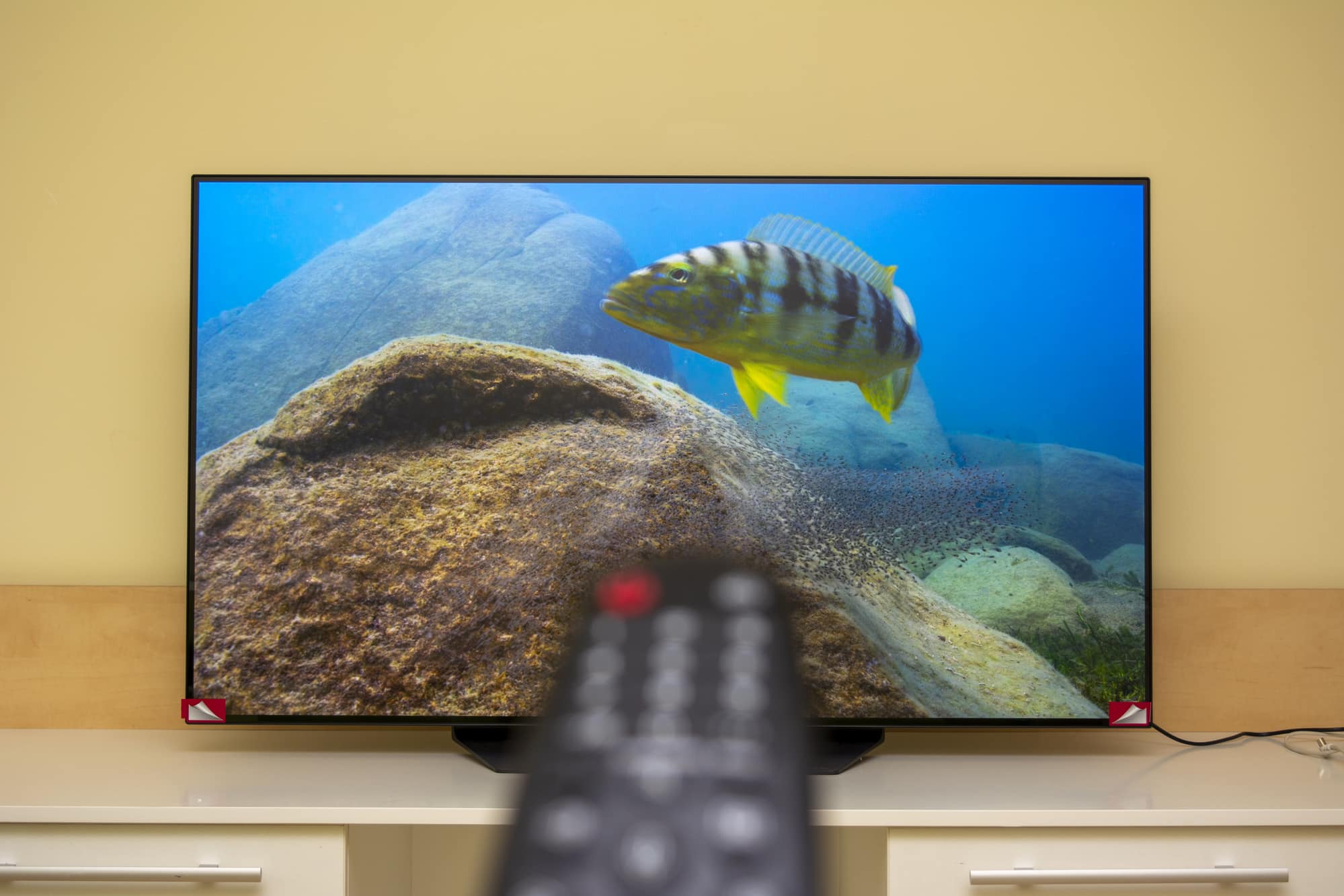TV resolution – what is it, what types are there and how to choose.
- What is it, why is it important to choose the right TV screen resolution
- What types of TV resolutions are and are popular
- Resolution 640×480
- HD Ready
- Full HD
- Ultra HD
- 8K Resolution
- How to choose a TV resolution for your needs
- Different TVs with different resolutions – examples for 2022
- Samsung UE32N5000AU
- Hitachi 32HE1000R
- Questions and answers
What is it, why is it important to choose the right TV screen resolution
When buying a TV, they often try to choose one that can provide maximum quality. However, when studying the available options, the user is faced with the presence of a variety of technical parameters, which are not always easy to figure out. Screen resolution is one of the most significant when choosing high-quality television equipment. To better understand its role in ensuring the quality of the display, you need to understand the principles on which the functioning of the screen is based. It is known that the higher the resolution, the more pixels the screen uses.
Pixels are elements, each of which provides the highest quality display of a certain point, together creating a changing image for displaying video.
Pixels are arranged in rows and columns. When specifying the permission, the number of both is mentioned. The presence of a large number of such elements makes the image more detailed and of high quality. You also need to pay attention to what quantity and quality of colors are available for each pixel. These parameters depend not only on the quantity, but also on the technology used. It is also important how well the image is backlit. In some screens it is provided by pixels, in others there is a special layer for this purpose. The design of the pixels depends on the technology used. In most cases, they consist of three subpixels (green, blue and red), for which the brightness is set separately. Picture quality is largely determined by screen resolution, but it also depends on other TV specifications and viewing conditions. At the same time, for example, they pay attention to the size of the diagonal, the aspect ratio of the screen, the distance between the viewer and the screen, and some others. https://cxcvb.com/texnika/televizor/vybor-podklyuchenie-i-nastrojka/na-kakoj-vysote-veshat-televizor.html Pixel density per square inch is important. For example, using a resolution of 1920×1080 will be visually different on 24″ and 27″ monitors due to the fact that the specified characteristic will be different. You should also pay attention to the refresh rate of the screen. If it is too low, the image will flicker a little, thus contributing to a significant increase in eye strain.
The design of the pixels depends on the technology used. In most cases, they consist of three subpixels (green, blue and red), for which the brightness is set separately. Picture quality is largely determined by screen resolution, but it also depends on other TV specifications and viewing conditions. At the same time, for example, they pay attention to the size of the diagonal, the aspect ratio of the screen, the distance between the viewer and the screen, and some others. https://cxcvb.com/texnika/televizor/vybor-podklyuchenie-i-nastrojka/na-kakoj-vysote-veshat-televizor.html Pixel density per square inch is important. For example, using a resolution of 1920×1080 will be visually different on 24″ and 27″ monitors due to the fact that the specified characteristic will be different. You should also pay attention to the refresh rate of the screen. If it is too low, the image will flicker a little, thus contributing to a significant increase in eye strain.
It is believed that the minimum requirement is 60 Hz, but keep in mind that the higher the frequency, the better the image will be.
You also need to pay attention to the type of sweep used. Two varieties are commonly used:
- interlaced;
- progressive.
In the first case, even rows of pixels are updated first, and odd rows later. Alternate processing of even and odd lines causes flickering, which causes eye fatigue. Progressive updates all rows. In the second case, the screen update is carried out more smoothly.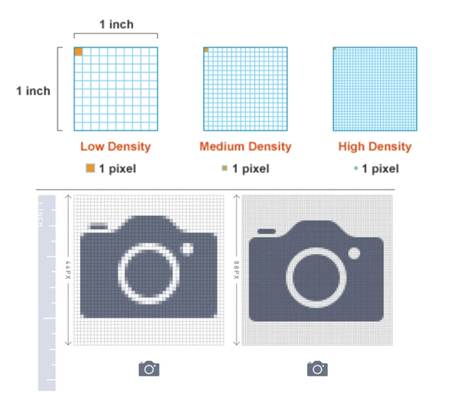
- Provides image detail . With high resolution, viewers see a clear picture and can easily see everything that interests them.
- Natural color rendition allows you to better perceive what is happening while watching.
- The brightness and depth of the image increase the naturalness of the picture.
- The absence of sharp transitions between pixels is a prerequisite for a high quality display.
- No unnatural tones or highlights .
In order to select the desired type of screen, you need to familiarize yourself with what resolutions of TV screens are on sale.
What types of TV resolutions are and are popular
There are many types of screens depending on the resolution and technology used. Most common screen resolutions
Resolution 640×480
This resolution is now obsolete. It was used for the first TVs with a resolution of 4:3. There are two varieties: 640x480i and 640x480p. In the first case, we are talking about standard (SE), in the second – about increased (SD) clarity. Despite the relatively low resolution, it is possible to view in this quality on TVs with a diagonal of up to 20 inches. However, you should not expect a high-quality picture and good image detail. The format in question is mainly used when watching television programs on terrestrial television and rarely for digital. The quality is affected by the refresh rate. In such TVs, it is 30 or 60 Hz. The disadvantages of using this resolution are especially evident when viewing fast-paced scenes.
HD Ready
This format belongs to the budget segment. The resolution in this case will be equal to 1366×768.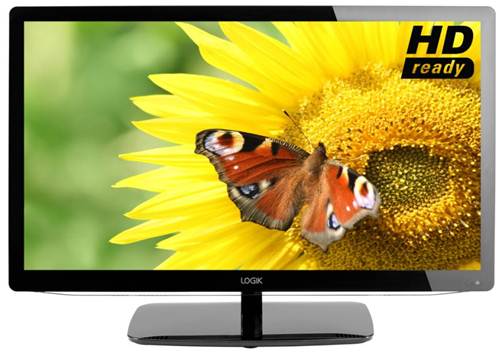 The show is in 16:9 widescreen format. When using screens with a diagonal of more than 45 inches, image defects become clearly visible. For example, you will notice unnatural color transitions. It is believed that viewers will receive the highest quality by watching programs on a screen with a diagonal of up to 25 inches. However, quality remains acceptable up to 45 inches. The use of this resolution is justified when viewing those videos that are intended to be shown in this format. For example, if a screen is bought for watching terrestrial television or only for broadcasts with a quality not higher than HD Ready, then there is no reason to overpay for buying a more advanced model.
The show is in 16:9 widescreen format. When using screens with a diagonal of more than 45 inches, image defects become clearly visible. For example, you will notice unnatural color transitions. It is believed that viewers will receive the highest quality by watching programs on a screen with a diagonal of up to 25 inches. However, quality remains acceptable up to 45 inches. The use of this resolution is justified when viewing those videos that are intended to be shown in this format. For example, if a screen is bought for watching terrestrial television or only for broadcasts with a quality not higher than HD Ready, then there is no reason to overpay for buying a more advanced model.
Full HD
In modern TVs, this resolution is one of the most popular. It provides for a matrix of 1920×1080 pixels.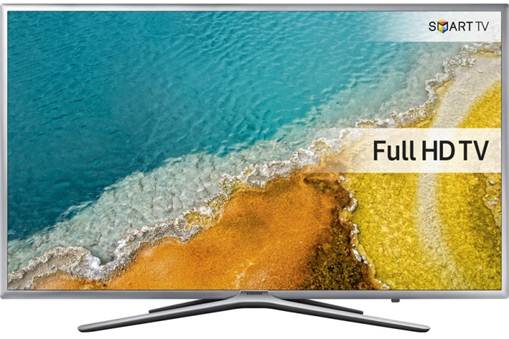 Such screens simultaneously provide high-quality viewing and are relatively affordable in terms of price. Content designed to be displayed on a screen with these characteristics is widespread. The best screen size for viewing in this format is the presence of a diagonal with a size of 32 to 45 inches. However, on sale displays with this resolution can reach 60 inches diagonally. https://cxcvb.com/texnika/televizor/texnology/matrica-dlya-televizora.html
Such screens simultaneously provide high-quality viewing and are relatively affordable in terms of price. Content designed to be displayed on a screen with these characteristics is widespread. The best screen size for viewing in this format is the presence of a diagonal with a size of 32 to 45 inches. However, on sale displays with this resolution can reach 60 inches diagonally. https://cxcvb.com/texnika/televizor/texnology/matrica-dlya-televizora.html
Ultra HD
This quality is also called
4K . It provides high-quality viewing of video materials. The resolution of 3840×2160 makes it easy to see even the smallest details of the image. It is believed that no more than 5% of the video material is released in this format. Buying a TV of this type makes sense in the first place when there is enough video of the appropriate level.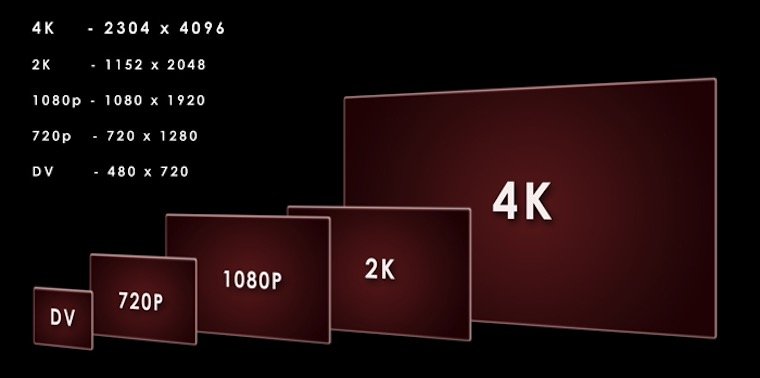 Buying 4K in order to watch programs in relatively low resolution is not profitable. For viewing, screens ranging in size from 39 to 80 inches diagonally are suitable. Displays from 55-65 inches are considered optimal. https://cxcvb.com/texnika/televizor/texnology/4k-ultra-hd-razreshenie.html
Buying 4K in order to watch programs in relatively low resolution is not profitable. For viewing, screens ranging in size from 39 to 80 inches diagonally are suitable. Displays from 55-65 inches are considered optimal. https://cxcvb.com/texnika/televizor/texnology/4k-ultra-hd-razreshenie.html
8K Resolution
The quality of television screens is constantly being improved. This standard provides ultra-high quality viewing. It corresponds to a resolution of 7680×4320 pixels. The pixel density here is four times higher than in Ultra HD. Despite the high quality of TVs that allow you to take full advantage of the benefits of 8K, few are produced. One of the reasons for this is the insufficient number of videos that meet the relevant requirements. Thus, having bought a very high-quality TV, a person will mostly watch programs corresponding to a lower level of quality. This standard can largely be seen as a forward-looking standard, intended to be used more actively in the future.
The high price makes its use inaccessible to some categories of buyers.

How to choose a TV resolution for your needs
When choosing a resolution for a TV, you need to consider what content is supposed to be watched and take into account the size of the diagonal. In doing so, you should pay attention to the following:
- For terrestrial television, HD Ready is the best option. If there is cable TV or video content intended for viewing in this quality, then you can also use the format in question.
- If you’re using a satellite dish, Blue-Ray, or video of adequate quality, Full HD is best.
- For high-quality content intended to be shown in 4K, it makes sense to purchase Ultra HD.
When choosing, it is important to consider the requirements related to screen size. If the screen is smaller, then viewing in this or slightly worse quality will be impossible to distinguish. In this case, you can consider not overpaying for higher quality. A display that is too large may show graininess and other image effects. In order to obtain the desired viewing quality, it is necessary to use the correct distance from the screen when viewing. It should be one that emphasizes the advantageous features of the selected screen. https://youtu.be/RUrMWnY_Gvg
Different TVs with different resolutions – examples for 2022
Here are examples of popular TV models designed for viewing with certain resolutions.
Samsung UE32N5000AU
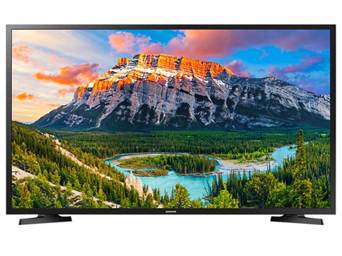 It uses a diagonal of 32 inches. The screen has a resolution of 1920×1080. The display is made using LED technology. Wide Color Enhance technology provides good display brightness and high color quality.
It uses a diagonal of 32 inches. The screen has a resolution of 1920×1080. The display is made using LED technology. Wide Color Enhance technology provides good display brightness and high color quality.
Hitachi 32HE1000R
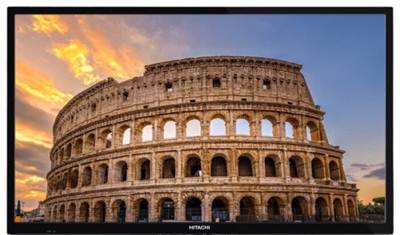 The resolution of the TV is 1366×768. The device has a diagonal of 32 inches. The screen is updated at a frequency of 50 Hz. Provides work with two HDMI inputs. The screen format is 16:9.
The resolution of the TV is 1366×768. The device has a diagonal of 32 inches. The screen is updated at a frequency of 50 Hz. Provides work with two HDMI inputs. The screen format is 16:9.
Questions and answers
Question: How good is 1920×1080 resolution? Answer: It is good because in most cases it allows you to get good quality viewing at an affordable price. Most TV content is suitable for viewing with this standard. Therefore, such a choice in a significant number of cases can become optimal.
Question: Does it make sense to save money and buy a 720p screen or similar instead of 1080p? Answer: On the one hand, for a long time the difference in prices was high. In this situation, in the case under consideration, significant savings could be achieved. Now the difference in prices has decreased significantly and differs little. In this case, it is more profitable to purchase 1080p, since the quality is much higher, and the cost is almost the same.
Q: If you have the financial means, should you buy a 4K TV? Answer: In this case, the image quality will be high. However, there is little content released where the difference in viewing will be noticeable. Therefore, in almost 95% of cases, those video materials will be viewed for which a lower-quality television receiver is sufficient. Such a purchase is only beneficial if there are enough videos and TV shows that are designed to be viewed in 4K quality.
